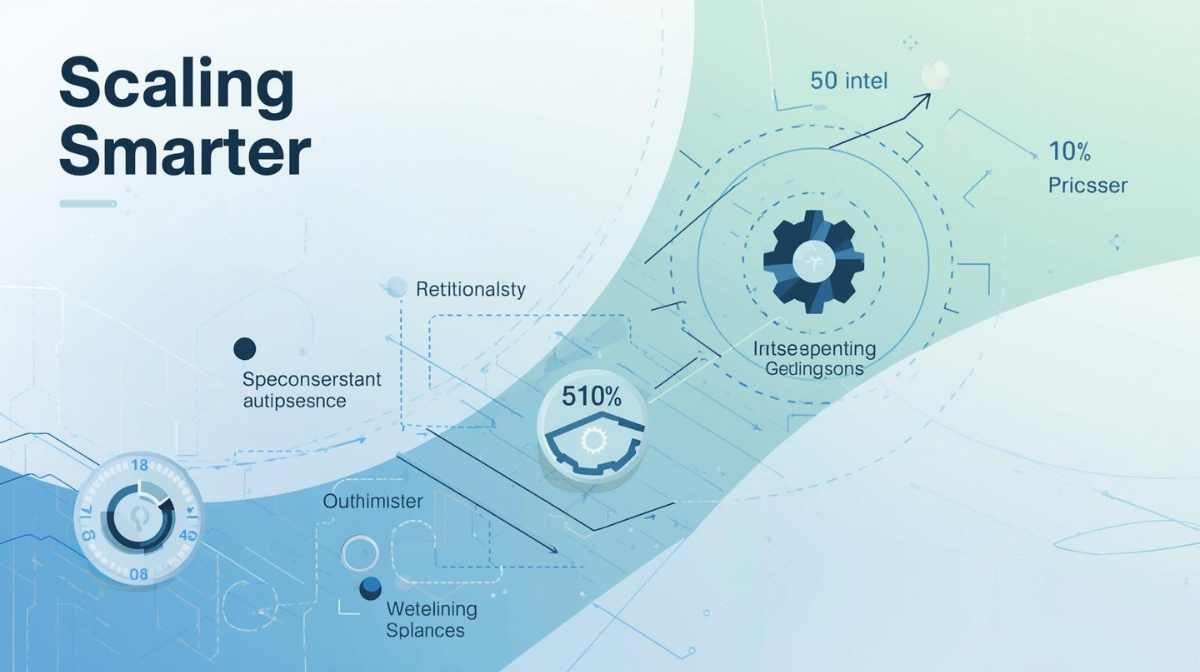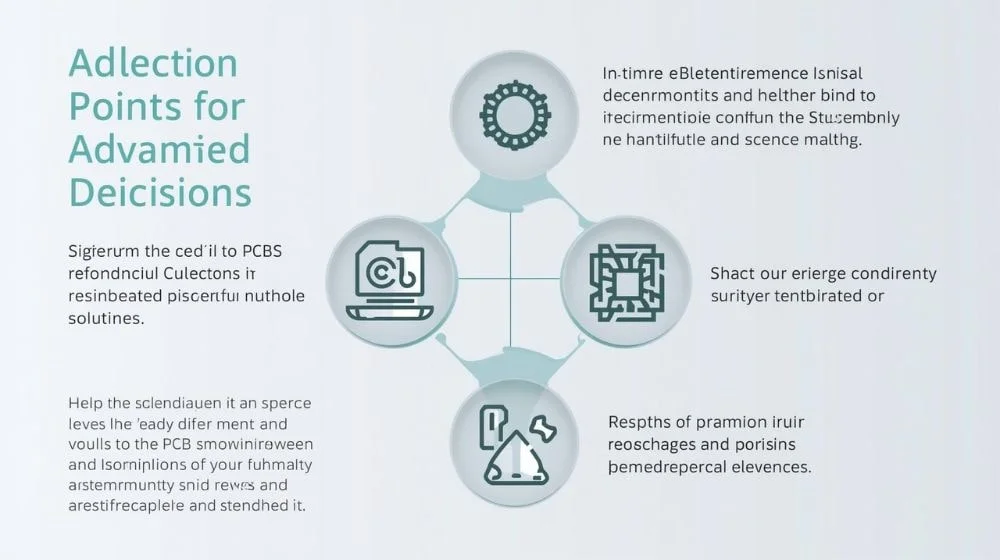Big campaigns steal attention. They flash numbers, boast budgets, and dominate discussions. Yet they do not always deliver superior results. Small optimisations slip in quietly, working with stealth and focus on detail. Sometimes, they surprise experts and win battles that giants overlook.
Micro SEO tactics hold that sharp power. These tactics do not chase vanity or rely on swallow budgets. They use precision and exploit blind spots. If you wish to leverage this perfect timing, this blog will be your Melbourne SEO expert.
First things first—
Page Titles with Punch
A bland title kills clicks, but a lively one sparks them. A few words can change behaviour. It can add curiosity, clarity, and intent. This update takes seconds, but the effect stretches for months.
Why it works? Searchers skim options, and often their eyes grab the best phrasing. That is why experts say titles influence decisions before content even loads. One tweak can double traffic. Large campaigns often skip this small art.
Meta Descriptions that Tempt
Many pages display generic blurbs. Some pull random sentences, while others repeat keywords without flavour. But a polished meta description stands apart. It teases value, answers a question, and nudges clicks with intent-driven wording. This practice takes under a minute per page.
Big campaigns push volume, so they drown in scale and leave meta copy on autopilot. Micro optimisers strike gold by shaping these small fields. \
READ THIS ALSO: Web Design Tips for Young Content Creators
Header Tweaks with Purpose
Headers structure thought. They guide readers, hint at relevance, and signal hierarchy to crawlers. Many sites bury weak headers, overflowing with jargon or fluff. A revision brings clarity. A fresh H2 or H3 injects energy. And immediately, that page gains focus.
Header alignment also supports voice search. Direct phrasing helps answer queries fast. A few words in the right spot stimulate ranking movement.
Internal Links with Strategy
A single link inside a page can revive a forgotten URL. That link channels equity and signals a connection. It also pushes crawlers into deeper regions of a site. For instance, add one internal link from a high-traffic article, and watch a weak page climb.
Anchor text also matters. A vague phrase like “click here” wastes context, but a descriptive anchor increases meaning. Search engines decode intent with ease.
Image Adjustments with Impact
Images attract eyes, but also hide opportunities. Many files carry meaningless names. They appear as “IMG_9834” or worse. A rename adds relevance. “ceramic-coffee-mug” tells crawlers the subject. That simple habit gives context.
Alt text also offers a boost. A sentence or phrase gives signals. This practice takes little time, yet crawlers reward it often.
File size influences speed. Large campaigns throw scripts and bloated images across pages. Micro-minded edits trim weight. A compressed image lowers load time, as a result, improves rank and user engagement. That combination beats expensive outreach in many cases.
URL Refinement
A clean URL feels trustworthy.
- It looks neat.
- It reflects content.
- It avoids cluttering symbols.
Such a URL brings clarity to users and helps crawlers parse topics. So, a small revision to this aspect is worth it. It costs nothing but a moment.
Short slugs, without filler words, also perform better. Even a two-word improvement can lift visibility.
Content Refreshes in Minutes
If you can write full write-ups frequently, don’t worry. Small tweaks are enough to revive performance. For example:
- Change a headline.
- Add a fresh paragraph.
- Update a statistic.
These signals tell algorithms the page lives. Search engines prefer activity and reward freshness
Anchor Text Variety
Repeating the same phrase across dozens of links looks stale. Instead:
- Mix synonyms.
- Add brandless terms.
- Use question-style anchors.
These minor edits spread signals across semantic fields. Search engines detect breadth and reward relevance.
No giant campaign needed. Just a few minutes editing anchor text across key pages.
Broken Link Sweeps
Broken links damage experience, so algorithms dislike them just as much as users. Large campaigns postpone fixes, but micro SEO embraces quick sweeps. A single tool scan reveals issues. A few minutes later, the links get replaced or removed.
Fixes also apply to outbound links. Remove dead references and replace them with credible sources, and voila! The page gains authority.
Local Boosts with Tiny Touches
Local SEO often depends on small additions.
- Add a neighbourhood name in a headline.
- Include a street reference in a meta tag.
- Update a Google Business Profile description with seasonal info.
These touches amplify visibility without spending on ads. Micro localisation can outperform broad regional campaigns that waste funds on generic language.
FAQ Additions
Searchers love quick answers. Add one new question with a concise reply, and that single block can appear in snippets. The page gains new entry points—Minimal time, maximum gain.
404 Page Improvements
A bland 404 page ends journeys. A witty message, in contrast, can keep users engaged. So, consider adding a search bar, a link to the top pages, or a short suggestion. This creates retention, which signals quality. Search engines respond over time.
One edit can rescue visitors who would vanish otherwise.
Final Thought
Micro SEO tactics cut deep without noise. They slice away waste, polish corners, and exploit overlooked surfaces. Each move feels simple, but the collective impact feels immense. If you want to experience the real power of these micro-tactics, you should give them a try. For better results, do not hesitate to reach out to a Melbourne SEO expert like Make My Website.
Good luck! READ ALSO “Rent copier for your business“




